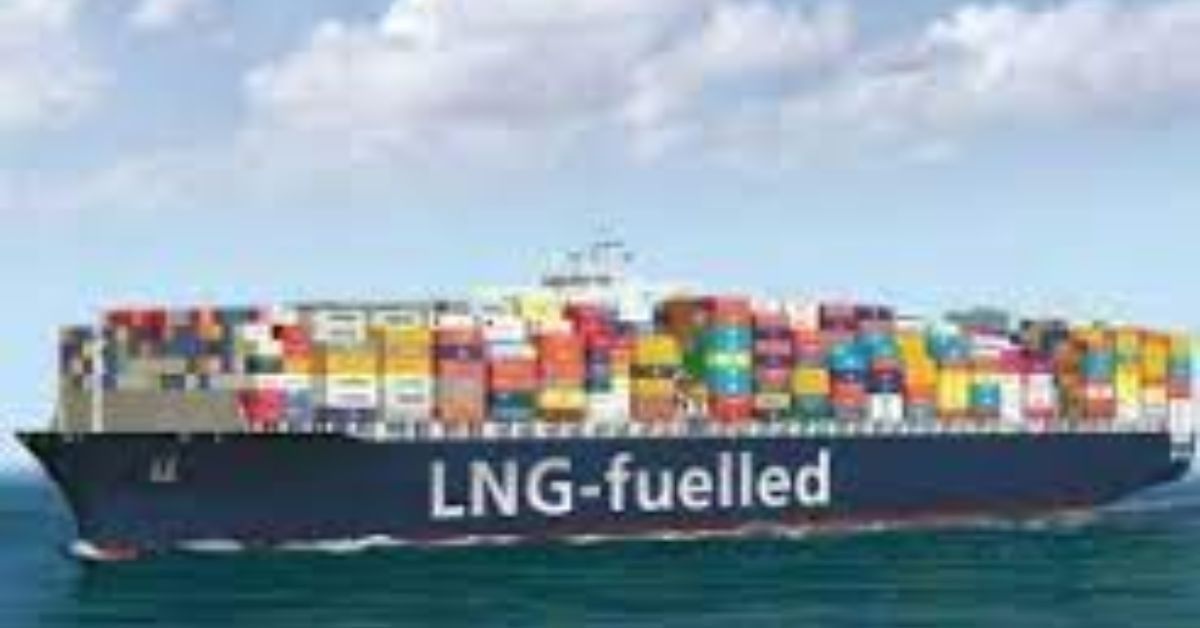The technology group Wärtsilä entered into a joint development agreement with a Finnish company Hycamite TCD Technologies, to pursue the development of a pioneering technology for producing clean hydrogen and solid carbon aboard vessels drawing from the LNG used for their propulsion. The industry is looking at the concept as a promising way to develop hydrogen aboard ships without the required bunkering and large storage tanks. Several companies are exploring the technology and small test systems, such as one aboard MSC Cruises’ MSC World Europa, are serving as prototypes.
Wärtsilä expects to move forward quickly with its efforts. The companies said the concept design will be ready by mid-2023 and the prototype testing unit will be ready during the second half of 2024.
The concept will allow the existing LNG infrastructure to be utilized and enable the production of hydrogen onboard in combination with Wärtsilä’s LNGPac Fuel Gas Supply System. By producing hydrogen onboard and blending it with LNG, the current range of fuel-flexible Wärtsilä dual-fuel engines can reduce the vessel’s overall carbon dioxide and methane slip emissions. Alternatively, the hydrogen can also be used in fuel cells onboard.
The by-product from the process is solid carbon that, unlike conventional technologies which produce carbon dioxide (CO2) as a by-product, can more easily be stored and managed onboard. The carbon produced consists of high-grade allotropes, like industrial graphite and carbon nanotubes, thereby offering a possible additional revenue stream.
“This collaboration with Hycamite is an important step forward,” says Mathias Jansson, Director, Fuel Gas Supply Systems, Wärtsilä. “Our gas engines can already operate with mixtures of hydrogen and LNG. The ability to produce the H2 onboard opens up exciting new opportunities. This solution overcomes the lack of an existing hydrogen supply infrastructure. It also supports reducing the safety risks around storing and handling of liquid hydrogen and enables a gradual decrease of the vessels’ environmental impact.”
According to the companies, the technology can in principle be applied to all vessels operating with LNG fuel. When using bioLNG, this solution enables even power generation on board ships with a negative carbon footprint.







